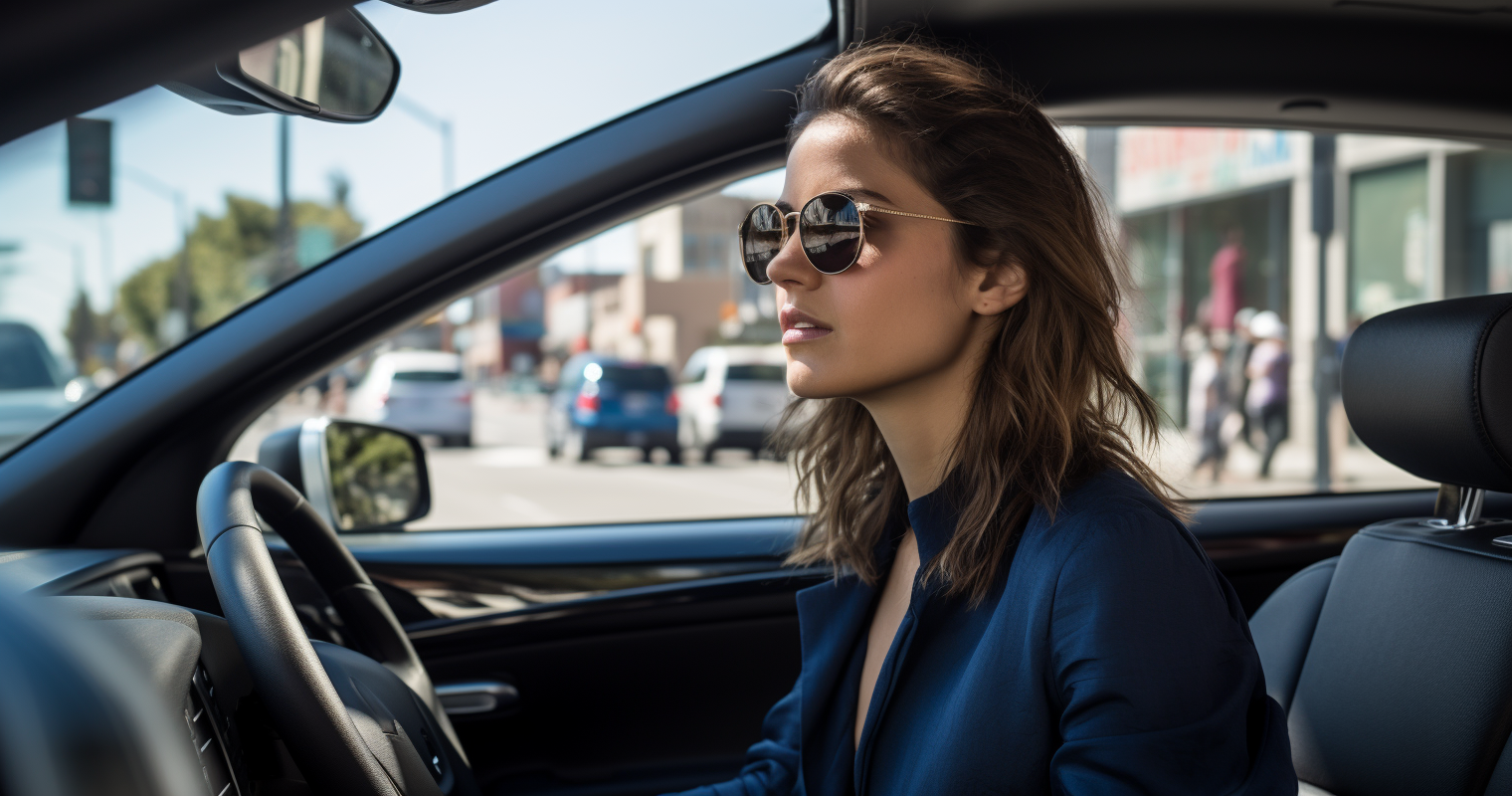Hungary is a beautiful country with a rich history and diverse culture. If you plan to drive in Hungary, it’s essential to be aware of local driving standards, road safety, and regulations. In this article, we will discuss road safety, equipment requirements, legal obligations in the event of an accident, driving rules, road signs and traffic lights, road traffic information, and parking rules.
Road Safety in Hungary
Road safety is taken seriously in Hungary, and the country has made significant improvements to its road network in recent years. The quality of roads in Hungary is generally good, and the country has an extensive highway system. However, drivers should be aware that some rural roads may be in poor condition.
Local driving standards in Hungary are generally high, and drivers are respectful of other road users. However, accidents involving pedestrians and cyclists are not uncommon, particularly in urban areas. Travelers are advised to drive defensively and always be aware of their surroundings.
Equipment Requirements
According to Hungarian law, drivers are required to carry specific equipment in their vehicles at all times. This equipment includes a warning triangle, a first aid kit, and a fire extinguisher.
The warning triangle must be placed at a safe distance behind the vehicle to warn other drivers in case of a breakdown or accident. The first aid kit should include basic medical supplies, such as bandages, antiseptic, and pain relievers. The fire extinguisher should be easily accessible in case of an emergency.
Legal Obligations in the Event of an Accident
In the event of an accident, Hungarian law requires drivers to stop and exchange information with the other driver(s) involved. This information should include the driver’s name, address, phone number, and insurance details.
If anyone is injured in the accident, the police must be called immediately. If the accident involves a pedestrian or cyclist, the driver must remain on the scene until the police arrive.
Driving Rules
In Hungary, you must drive on the right side of the road. The speed limit in urban areas is typically 50 km/h, and in rural areas, it is typically 90 km/h. On highways, the speed limit is typically 130 km/h, although this may vary in certain areas.
Drivers must give way to pedestrians at all times, and vehicles entering from the right have the right of way. When approaching a roundabout, vehicles on the roundabout have the right of way.
It is illegal to use a cell phone while driving, and seat belts must be worn by all passengers in the vehicle.
Road Signs and Traffic Lights
Road signs in Hungary are similar to those found in other countries, and most are easily recognizable. However, it is essential to be aware that signs may be written in both Hungarian and English.
Traffic lights in Hungary operate in the same way as in other countries. However, it is important to note that some intersections may not have traffic lights, and drivers are required to yield to traffic on the right.
Road Traffic Information
Travelers can obtain up-to-date road traffic information by checking with local news stations or online resources. The Hungarian Transport Authority’s website provides information on road closures, traffic accidents, and other traffic-related information.
For more information, travelers can visit the following websites:
- Hungarian Transport Authority website: www.nkh.hu
Parking Rules
Parking in Hungary can be a challenge, particularly in urban areas. Drivers are required to park in designated areas only, and double parking is strictly prohibited.
In areas with high populations of expats, such as Budapest and other major cities, parking can be limited. Travelers may want to consider using public transportation or taxis instead of driving in these areas.
Disabled parking spaces are available in Hungary, and drivers with disabilities can obtain a special permit that allows them to park in designated spaces. These spaces are typically located close to building entrances and are marked with the international symbol for accessibility.
Driving in Hungary can be a pleasant experience, but drivers should be aware of local driving standards, road safety, and regulations. Travelers should make sure they have the required equipment in their vehicle at all times, be aware of their legal obligations in the event of an accident, and follow the country’s driving rules.
Road signs and traffic lights in Hungary are generally recognizable, but travelers should be aware that signs may be written in both Hungarian and English. It is also important to note that parking in Hungary can be challenging, particularly in urban areas.
By following these guidelines, travelers can navigate Hungary’s roads with confidence and enjoy all that this beautiful country has to offer.

